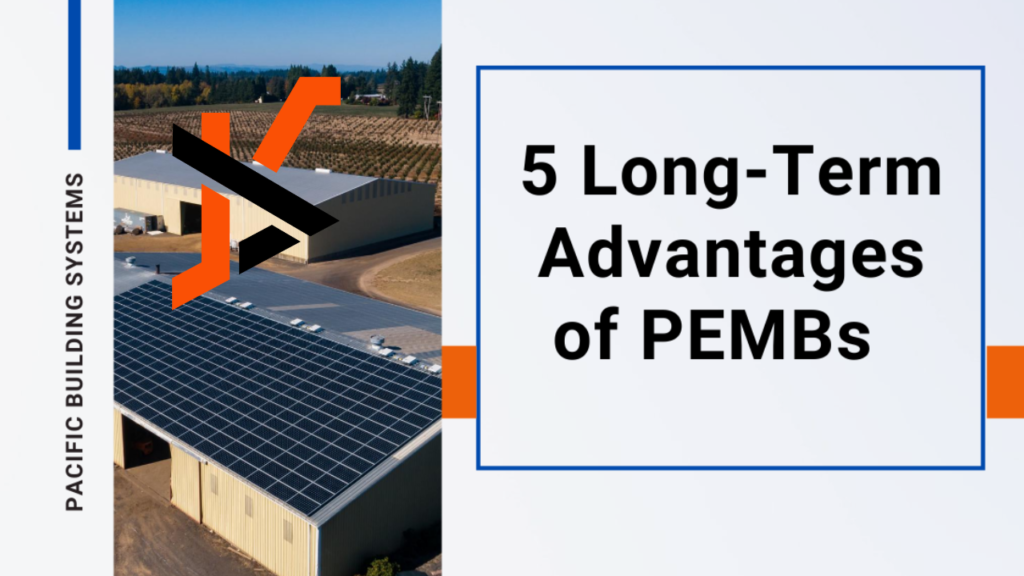In construction, pre-engineered steel workshops have become a topic of interest for many. Acclaimed for their robustness and flexibility, these structures raise a crucial question: do they truly provide long-term value? This exploration sheds light on the multifaceted benefits and potential of a metal workshop, offering a clear perspective for those considering this modern construction solution.
Understanding Pre-Engineered Steel Workshops
To grasp their long-term worth, it’s essential first to understand what these workshops involve. Pre-engineered steel workshops are prepared in controlled settings, ensuring each piece meets high standards of quality and accuracy. After this careful preparation, the components are transported and assembled on-site, a more streamlined method than traditional building practices. This technique reduces labour and minimizes the chances of delays and errors, making the construction process smoother and more reliable. It represents a shift in how buildings are conceptualized and constructed, paving the way for more efficient building solutions.
Durability and Maintenance
Durability stands out as a major advantage of steel workshops. Steel’s resilience against moisture, pests, and fire makes these buildings long-lasting. This means they need less upkeep over time than structures made of materials like wood, which may require treatments for termites or repairs due to rot. Steel’s ability to maintain its condition with minimal maintenance is a key factor in its long-term value, ensuring that these workshops remain functional and presentable for many years. The longevity of steel significantly reduces the lifecycle cost of the building, further enhancing its value proposition.
Adaptability and Customization
Another significant aspect of these workshops is their design flexibility. They can be personalized to suit various needs for more storage space, larger working areas, or integration of advanced technology, making them suitable for growing businesses or personal projects. The simplicity of making changes and additions to these structures conserves time and effort and guarantees that they stay applicable and beneficial as time goes on.
Energy Efficiency and Sustainability
In an era where environmental consciousness is vital, the energy-efficient nature of a prefab metal workshop is a noteworthy benefit. These buildings often incorporate insulated panels and energy-saving lighting, reducing energy consumption. Furthermore, since steel is recyclable, these workshops are a step towards sustainable building practices, offering both environmental and financial benefits in the long run. This approach aligns with the growing trend towards green building practices, making these structures a responsible choice for the environment.
Cost Effectiveness
From a financial perspective, pre-engineered steel workshops are an economical choice. Their initial construction costs are generally lower than traditional buildings due to standardized manufacturing and reduced labour needs. Over time, their low maintenance requirements and efficient energy use translate into ongoing cost savings, solidifying their position as a cost-effective building option. The economic advantages extend beyond the initial savings, as the reduced need for repairs and renovations over time means that the total ownership cost is significantly lower than traditional structures.
Weather Resistance and Safety
Steel’s robustness also means these workshops can endure harsh weather, from heavy snowfalls to strong winds, safeguarding the structure and contents. This resilience is crucial in their long-term value by minimizing the risk of weather-related damages and repairs. Additionally, steel’s fire-resistant qualities enhance the safety of these workshops, adding another layer of value. This combination of weather resistance and safety features makes pre-engineered steel workshops a reliable choice in regions prone to extreme weather conditions or industries where safety is paramount.
Conclusion
Pre-engineered steel workshops are a timely solution for current construction needs and a smart long-term investment. Their strength, adaptability, energy-saving features, affordability, and safety add to their enduring worth. They are a shining example of contemporary engineering’s skill in delivering solutions useful for current demands while lasting and beneficial over time.

